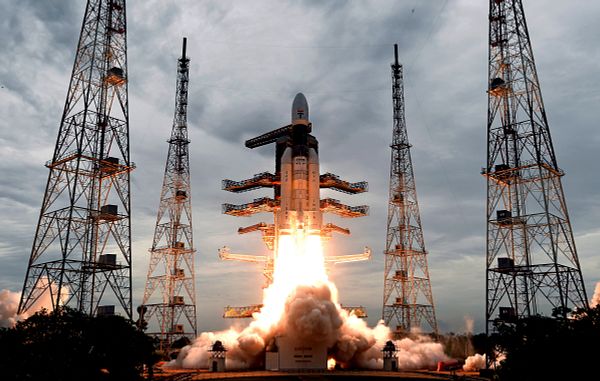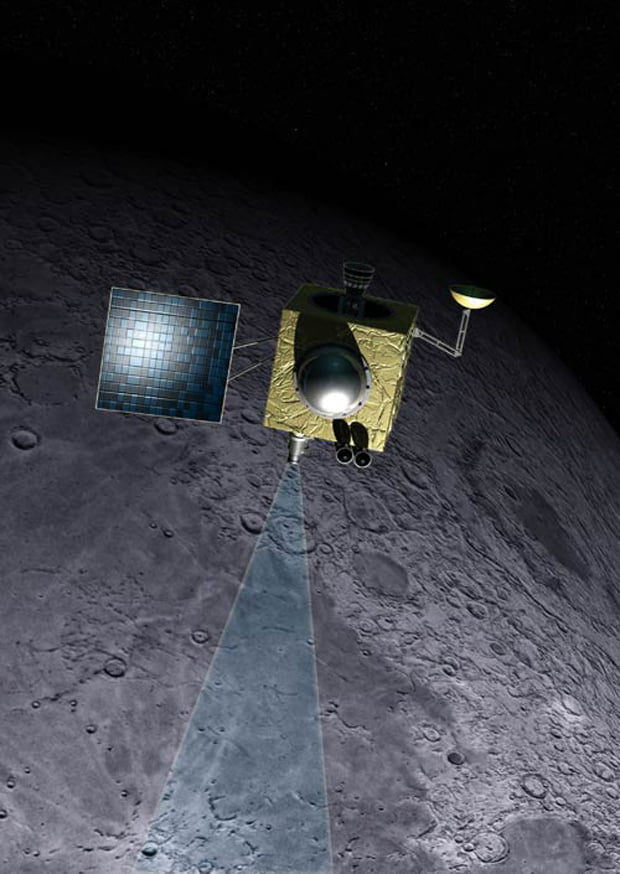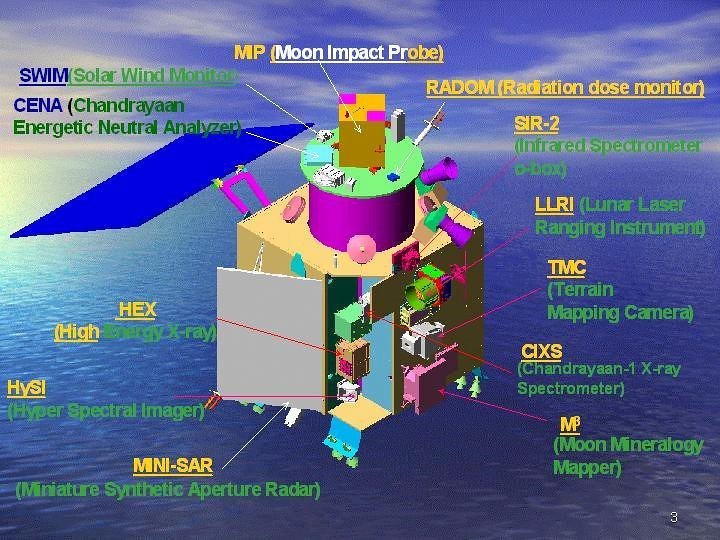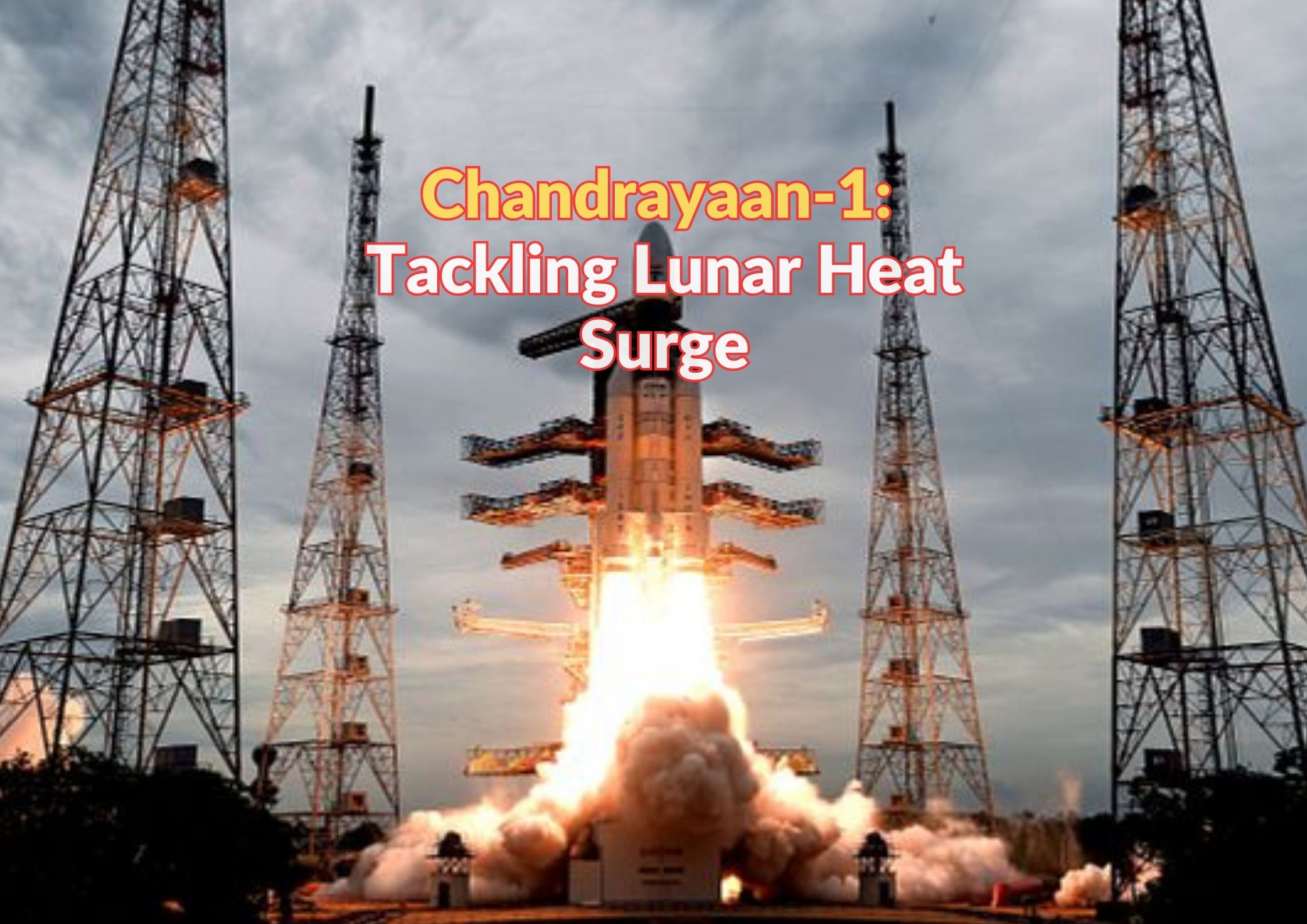India’s maiden lunar mission, Chandrayaan-1, has faced a thermal challenge in the wake of its orbit around the moon. Launched successfully from South India on October 22, the spacecraft, carrying the lunar probe, experienced a temperature spike to 49 degrees Celsius (120 degrees Fahrenheit). The cause of this increase is the alignment of the moon, the spacecraft, and the sun, a phenomenon known as yachron, expected to persist until the end of December.

Mylaswamy Annadurai, the project director, stated that non-essential onboard instruments were temporarily deactivated to counter the rising temperatures. He reassured that the spacecraft suffered no damage, and temperatures have now stabilized at 40 degrees Celsius (104 degrees Fahrenheit).
Understanding the Thermal Surge
India’s inaugural lunar mission, Chandrayaan-1, encountered an unexpected thermal challenge as it orbits the moon. Launched triumphantly from South India on October 22, the spacecraft carrying the lunar probe experienced a surge in temperature to 49 degrees Celsius (120 degrees Fahrenheit). This surge, caused by the alignment of the moon, the spacecraft, and the sun (known as yachron), is expected to persist until the end of December.
Countermeasures in Action
Responding swiftly to the rising temperatures, Mylaswamy Annadurai, the project director, implemented a strategic shutdown of non-essential onboard instruments. This preventive measure successfully stabilized temperatures at 40 degrees Celsius (104 degrees Fahrenheit). Annadurai clarified that the spacecraft suffered no damage and reiterated Chandrayaan-1’s design capability to endure temperatures up to 60 degrees Celsius (140 degrees Fahrenheit). The heat onboard is expected to stay below 50 degrees Celsius (122 degrees Fahrenheit).

Chandrayaan-1’s Primary Mission
Despite the thermal challenge, Chandrayaan-1 remains steadfast in its two-year mission. The primary objective is to capture high-resolution, three-dimensional images of the moon’s surface, with a specific focus on permanently shadowed polar regions. Additionally, the mission aims to investigate potential evidence of water or ice and analyze the chemical composition of specific lunar rocks.
Recent Milestone: Moon Impact Probe
In a significant development earlier this month, the Moon Impact probe successfully detached from Chandrayaan-1 and made a controlled impact on the lunar surface. The TV-sized probe, adorned with the Indian flag, achieved this impact at a speed of 5,760 kilometres per hour (3,579 mph). While transmitting valuable data to Chandrayaan-1 before impact, the probe was not designed for recovery.
Global Collaboration: Payloads and Data Sharing
Chandrayaan-1 is not only a national achievement but also a collaborative effort with international partners, carrying payloads from the United States, the European Union, and Bulgaria. India’s commitment extends to sharing the mission’s valuable data with other global space programs, including NASA.

ISRO’s Commitment to Lunar Exploration
As India’s space agency, the Indian Space Research Organisation (ISRO), manages the complexities of lunar exploration with dedication and expertise. Chandrayaan-1’s journey showcases India’s growing prowess in space exploration and its ability to navigate unexpected challenges in lunar missions.
Anticipation for Lunar Insights
As the mission progresses, scientists and space enthusiasts worldwide eagerly await the insights that Chandrayaan-1 will provide. The successful management of unexpected thermal hurdles emphasizes India’s dedication to advancing space exploration and unravelling the mysteries of the celestial bodies that grace our night skies. Chandrayaan-1’s journey stands as a testament to India’s commitment to pushing the boundaries of space exploration.
Published on: 2008-11-26 17:56:44
For more latest trendy news like this visit our Latest News page. Please visit our Contact Us page in the footer menu to contact us. You can check out our Best Deals page for various needy offers and deals of the day. To know more about us visit the About Us page in the footer menu. You can also read our Disclaimer, Affiliation Disclosure and FAQs page in the footer menu. You can also find the Webstory Page in the footer menu to see our latest published web stories.

